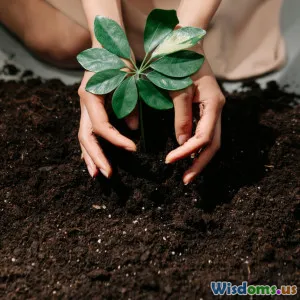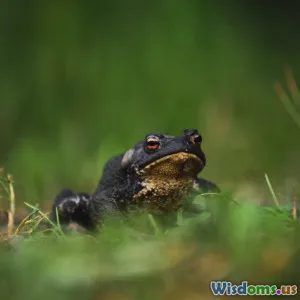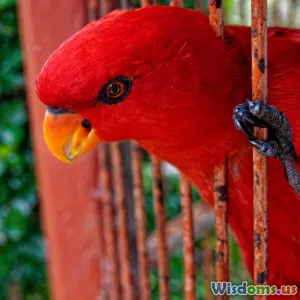
Understanding the Role of Seed Banks
6 min read Explore the significance of seed banks in biodiversity, conservation, and food security. (0 Reviews)
Understanding the Role of Seed Banks
Seed banks are vital institutions that play a crucial role in preserving the genetic diversity of plants, securing food sources, and supporting ecological stability. With the increasing threats of climate change, habitat destruction, and loss of biodiversity, the importance of these facilities has never been greater. This article explores the functions, significance, and future of seed banks in maintaining the integrity of our ecosystems.
What is a Seed Bank?
A seed bank is a facility that stores seeds from various plant species with the aim of preserving genetic material for future use. These seeds are collected, processed, and stored under controlled conditions to ensure their viability over extended periods. Seed banks serve as repositories for both wild and cultivated plant species, offering a safeguard against extinction and a resource for agriculture and restoration efforts.
The Importance of Seed Banks
1. Biodiversity Conservation
Seed banks are instrumental in conserving biodiversity. As habitats shrink due to urbanization and climate change, many plant species face extinction. Seed banks store seeds from these threatened species, ensuring that their genetic diversity is maintained and can be reintroduced into the wild if necessary. For example, the Millennium Seed Bank in the UK has partnered with various organizations to save seeds from over 40,000 plant species, many of which are endangered.
2. Food Security
As global populations continue to rise, food security becomes increasingly important. Seed banks preserve a wide variety of crop seeds, including heirloom and indigenous varieties, which can be crucial for developing resilient agricultural systems. These diverse genetic resources are essential for breeding programs aimed at creating crops that can withstand pests, diseases, and changing climate conditions. For instance, the International Rice Research Institute conserves over 130,000 rice varieties, contributing significantly to global food security.
3. Restoration Initiatives
Seed banks also play a key role in ecological restoration. When ecosystems are damaged, whether by natural disasters or human activities, seed banks can provide the necessary seeds to reestablish native plant communities. This is particularly important for restoring habitats that support diverse animal populations, including pollinators and other wildlife. By reintroducing native plants, seed banks help to restore the balance of ecosystems.
4. Research and Education
Seed banks are valuable resources for scientists and researchers. By studying the genetic diversity of seeds, researchers can gain insights into plant evolution, adaptation, and resilience. Additionally, seed banks often serve as educational centers, raising public awareness about the importance of biodiversity and conservation efforts. Programs aimed at schools and communities can inspire the next generation to take action in preserving our planet's flora.
Challenges Faced by Seed Banks
Despite their critical role, seed banks face numerous challenges:
- Funding and Resources: Many seed banks operate on limited budgets, which can restrict their ability to collect and store seeds effectively.
- Climate Change: Fluctuating climate conditions can affect seed viability and storage conditions, posing risks to long-term preservation.
- Technological Advances: As genetic engineering and biotechnology evolve, seed banks must adapt to ensure they remain relevant and effective in conservation efforts.
The Future of Seed Banks
The future of seed banks is promising but requires collaboration, innovation, and increased public awareness. There is a growing movement towards integrating seed banks with community gardening and urban agriculture initiatives, allowing local populations to have direct access to diverse seeds. Furthermore, as technology advances, methods for seed preservation and genetic analysis will continue to improve, enhancing the effectiveness of these vital institutions.
Conclusion
Seed banks are more than just repositories of seeds; they are essential components of our global strategy for biodiversity conservation, food security, and ecological restoration. As we face unprecedented environmental challenges, the work done by seed banks will be critical in ensuring that future generations inherit a planet rich in plant diversity. Supporting and investing in seed banks is a step towards a more sustainable and resilient future.
By understanding and appreciating their role, we can all contribute to the preservation of our natural heritage and the well-being of our ecosystems.
Rate the Post
User Reviews
Popular Posts





















